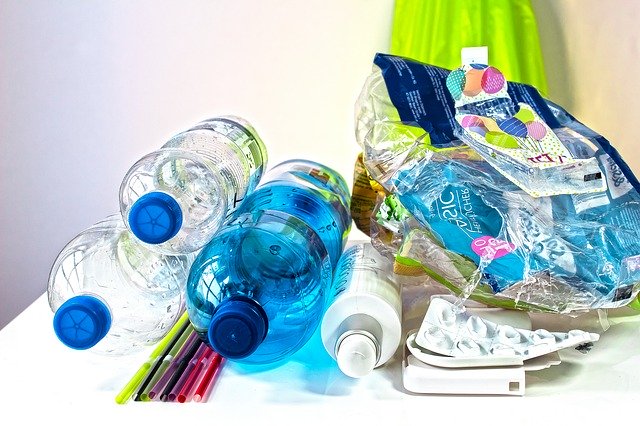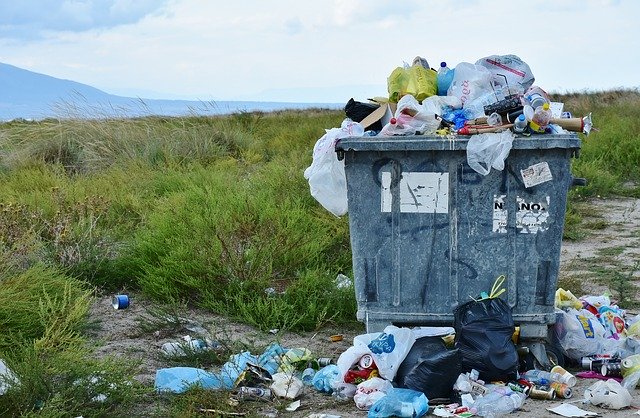
Are you aware that only about 25% of the plastic that is being produced in the U.S. is finally recycled? If we were recycling the remaining 75%, we could be saving around 1 billion gallons of oil and 44 million cubic yards of plastic landfill each year.
What is plastic?
Plastic is a material we use all the time. Most items we touch are made with some sort of plastic within the parts. The main components for making the plastic come from different materials, but the most common is hydrocarbons. Hydrocarbons can be found in gas, oil and coal.
Since plastic can be shaped into any form and retain that shape, it is said to be very valuable. Plastic can range from a soft and flexible material like a sandwich wrap or to something more rigid and permanent. Plastic can be engineered to dissolve when exposed to light. It has unique properties which make it an effective barrier and coating.

Why should we recycle plastic?
Plastic is used so much in our lives that we always have so much plastic on hand; recycling saves a considerable amount of the energy that is used to make new plastics. Plastic doesn’t breakdown immediately in landfills which mean that plastic can exist for over a hundred years taking up space. To make plastic, we require millions of oil barrels each year.
The plastics that can be recycled
- Milk jugs
- Plastic juice bottles
- Plastic laundry and cleaning bottles
- Plastic containers 1 -7
- Soda bottles
- Juice and food bottles
- Egg cartons
- Books
- Cereal boxes
- Junk mail
- Paper plates
- Pizza boxes
- Cordial bottles
- Biscuit trays
- Ice cream containers
- Vitamin bottles
How do I recycle plastic?
To recycle plastic, first, you need to check the bottom of each container for a number. The number will tell you exactly what type of plastic it is. The numbers and whether they can go in your recycle bin can be found on your local council website. Ensure that you rinse out all the milk, juice and soda bottles. If you’re putting things like cereal boxes in the recycling bins ensure that the plastic bag the cereal is in can be placed into the recycling with the cardboard box.
Why do we need to recycle our plastics?
When we produce plastic from other recycled materials, it saves around 88% of the energy that is required to make plastic from different raw materials of gas and oil. The energy that is saved by recycling just one plastic bottle means we could power one computer for 25 minutes.
Recycling is a good idea to:
- Save energy
- Reduce CO2 emissions
- Reduce landfill
- Conserve the raw materials
What happens to the recyclable materials?
Once the truck is full, it will head over to the Material Recovery Facility. There is manual handwork along with automatic machines that work at sorting the separates.
Once everything is sorted, it will then go on to become something else:
- Aluminium cans go on to become new aluminium cans
- Aerosol and steel can make train tracks and other building supplies
- Plastic containers make plant pots, garbage bins, textiles and trays
- Juice and milk cartons go into photocopying paper and writing pads
- Glass is made into road bases and new glass bottles
- Cardboard and paper make newspapers, insulation, toilet paper and building products.